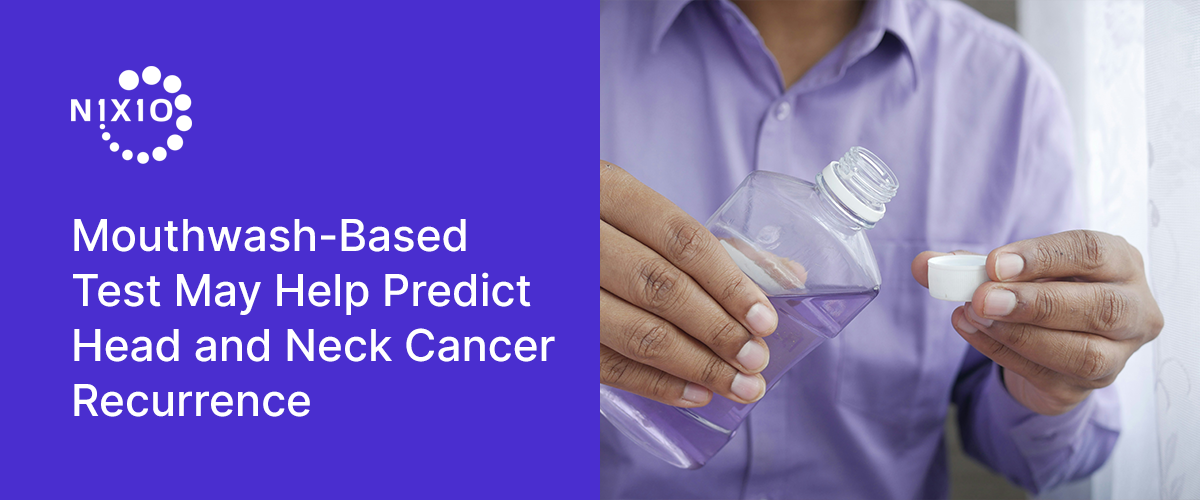Oral cavity and oropharyngeal cancer include tumors of the oral cavity (including mucosal lip), pharynx, larynx, and that hypopharynx. In 2024, it is estimated that about 71,100 new cases will occur, which account for approximately 3.6% of new cancer cases in the US. According to the National Cancer Institute, these cancers are more commonly diagnosed in patients over 50 years of age. Male patients may be over twice as likely to be diagnosed with the disease compared with female patients. The main risk factors include tobacco use, alcohol and betel nut use, and human papillomavirus (HPV) infection. Ninety percent of these cancers are squamous cell carcinomas (OOPSCC). Globally, their 5-year survival averages about 50%, with little change in mortality over recent decades.
Primary treatment options for OOPSCC currently include surgery and radiation, which can adversely affect speech, swallowing, and appearance. These side effects can severely impact a patient’s quality of life and can be worse after recurrence. Early detection of disease recurrence is paramount because early-stage recurrence carries a better prognosis than late-stage recurrent disease. However, recurrence is not always easy to detect. Analysis of tumor-specific biomarkers measured in body fluids has shown promise for detecting early-stage recurrence.
Recently, viral-based biomarkers have been investigated to address the rising incidence of HPV-related oropharyngeal cancer. HPV serum antibody levels E1, E6, and NE2 are associated with disease-free survival in those with HPV-positive oropharyngeal cancer. In contrast, higher E7 antibody levels were associated with an increased risk of recurrence in patients with HPV-positive HNSCC. Patients with both metastatic and local OOPSCC have an increased risk of recurrence with higher HPV-16 cell-free DNA (cfDNA) levels after chemoradiation therapy. Moreover, HPV cfDNA has been detected in these patients before signs of recurrence on physical examination or magnetic resonance imaging. Recently, next-generation sequencing has been used to track plasma HPV-16 cfDNA levels.
Researchers at the Sylvester Comprehensive Cancer Center at the University of Miami Miller School of Medicine have examined whether a mouthwash-based test could detect biomarkers to help physicians predict disease recurrence in patients with OOPSCC. In a recent study, the researchers analyzed whether soluble CD44, a tumor-initiation factor, and total protein (TP) levels could effectively predict head and neck cancer recurrence in over 160 patients who had already received a diagnosis. The patients were provided oral rinse samples for use up to 18 months after their initial treatment. To measure biomarker presence, the researchers used laboratory tests and experimental lateral-flow tests—technology similar to stick-based pregnancy and COVID-19 tests.
“Our laboratory assays showed an association between biomarker levels and later recurrence. Compared to patients with normal protein levels 3 months after treatment, patients with about twice as much total protein had an estimated 65% greater risk of recurrence,” explained lead study author Elizabeth Franzmann, MD. Further, the patients with CD44 levels that were triple the normal level had an estimated 62% greater risk of head and neck cancer recurrence.
The researchers noted that although additional research is needed, the CD44 and TP rapid test demonstrated the potential to refine risk prediction in patients with head and neck cancers. Improving risk prediction could improve survival by reducing the need for harsh, invasive treatments.


